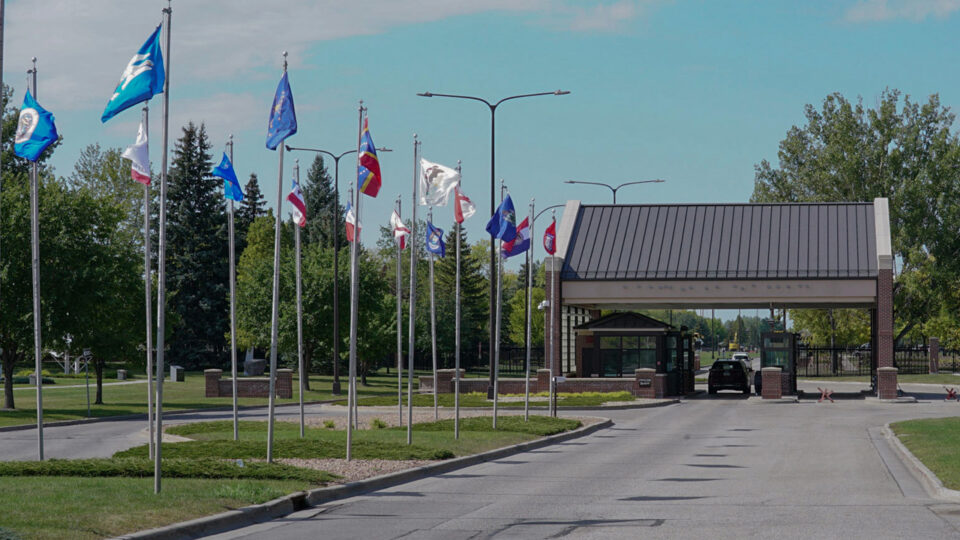Feb 15, 2018 | By: Shirelle Moore
Moose Population Remains Low But Stable In Northeastern Minnesota
Results for the 2018 moose survey indicate the moose population in Northeastern Minnesota remains stable but fairly low for the 7th year in a row. That’s according to the Department of Natural Resources.
“While the population appears stable, low numbers of moose are still a major concern for the DNR,” said DNR Commissioner Tom Landwehr. “We continue to pursue the best science, research and management tools available to us to help Minnesota’s moose.”
The 2018 aerial moose survey estimated 3,030 moose in northeastern Minnesota. This is statistically unchanged from last year’s estimate 3,710. Currently, the moose population is estimated to be 65% lower than the peak estimate of 2006, which counted 8,840 moose.
“The stability of moose numbers in recent years provides a reason for some optimism – after all, we’re not facing a significant decline,” said Glenn DelGiudice, DNR moose and deer project leader. “But this year’s results would be more palatable had they reflected the beginning of a turnaround in the population trend.”
Survey results also indicate that calf survival to January has been relatively stable, but consistently low. Field studies have indicated that it is even lower by spring, translating to low numbers of moose calves living through their first year. Importantly, the DNR’s detailed investigations have shown that wolf predation has consistently accounted for about two-thirds of the calf mortality compared to one-third of the adult mortality.
Annual aerial moose surveys have been conducted each year since 1960 in the northeast. Adjustments were made in 2005 to make the survey more accurate and annual results more comparable.







